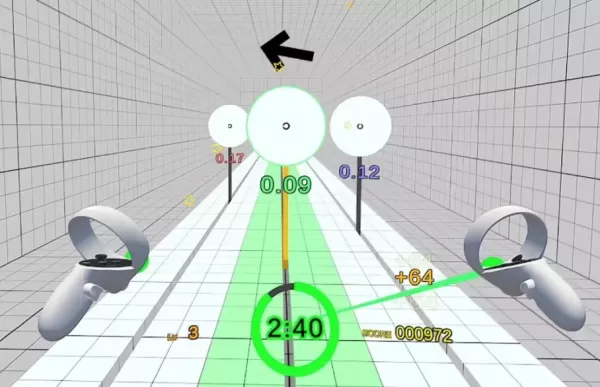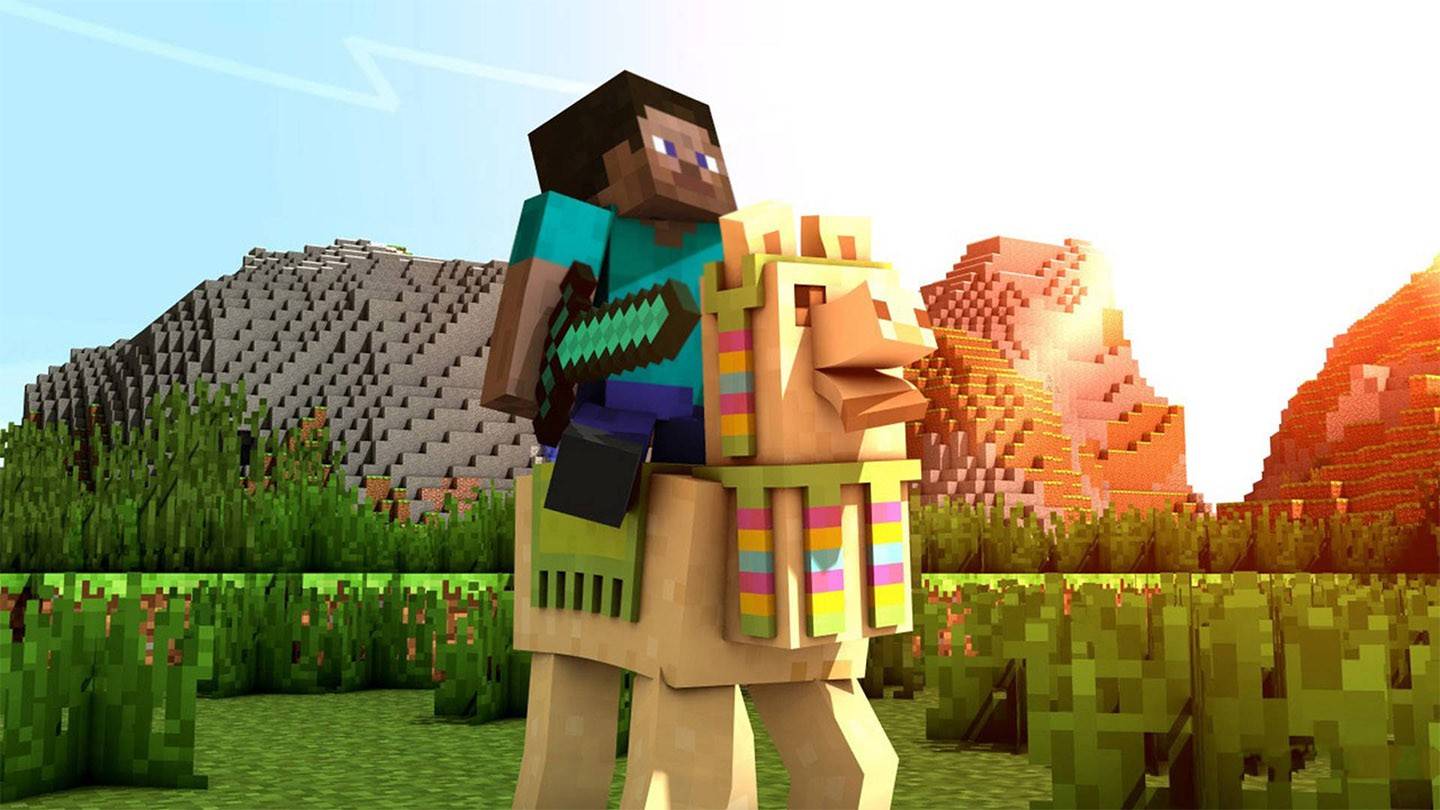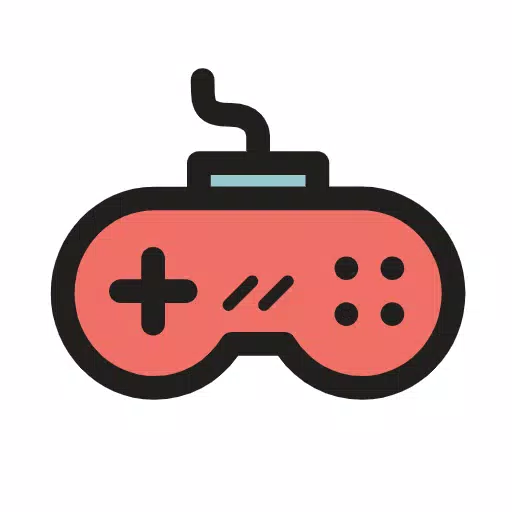With smartphones, gaming consoles, and computers seamlessly integrated into daily life, excessive screen time has become the norm. While convenient, prolonged screen exposure isn't exactly beneficial for eye health—anyone who’s experienced eye strain after marathon gaming sessions or endless scrolling knows that all too well. Extended focus on digital screens fatigues the ciliary muscles in the eyes, which are responsible for adjusting focus, potentially contributing to the development or progression of myopia (nearsightedness). But what if the solution to screen-related vision issues wasn’t less screen time—but a different kind of screen activity?
In a promising new study, researchers at Kwansei Gakuin University in Japan have developed a virtual reality (VR) game designed to improve visual acuity. While further research is necessary, early findings suggest this VR experience could serve as a therapeutic tool for individuals with mild to moderate myopia.

Early results indicate the VR game may enhance visual performance.
Built using Unity for the Meta Quest 2, the game is a straightforward target-shooting experience. It features three lanes, each containing a circular target mounted on a stick. Players use the VR controller’s trigger to activate a virtual laser beam. When the laser is aimed at a lane, the system highlights both the lane and target, switching the player into “aim” mode. To successfully hit the target, players must move the controller’s joystick in the direction indicated by a small Landolt C—a broken ring with a gap—positioned at the center of the target. The orientation of the gap changes each time, requiring precise visual focus and hand-eye coordination.
The game was specifically designed to exercise the eye’s focusing muscles. Players alternate their gaze between targets at varying distances while simultaneously concentrating on the Landolt C to determine the gap’s position. This dual-task mechanism encourages dynamic focusing, simulating a workout for the ciliary muscles. After each round, players receive performance feedback on an arcade-style results screen, displaying hit count, misses, combos, and personal bests—adding a competitive edge that kept participants engaged and motivated.
Over the six-week trial period, all participants demonstrated measurable improvements in visual acuity. Notably, those with more severe myopia showed greater gains, with vision improvements correlating directly to frequency of gameplay.
Despite these encouraging results, the study involved only 10 participants aged 22 to 36, limiting the scope of its conclusions. Larger, more diverse clinical trials are needed to validate the game’s effectiveness as a vision therapy tool. According to the [ttpp]Japanese research paper[/ttpp], the research team plans to conduct additional experiments to further evaluate the game’s potential in treating near-sightedness.









